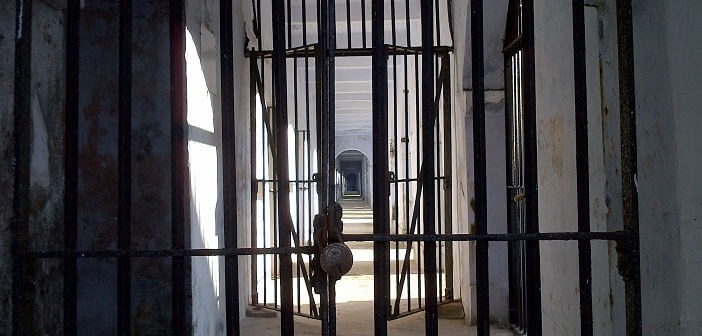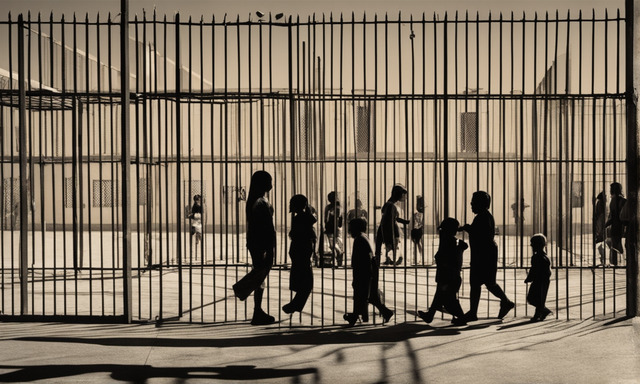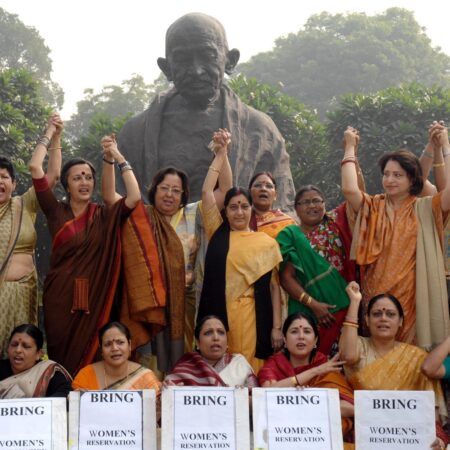In a significant development, the Supreme Court has formally accepted the comprehensive report submitted by the Supreme Court Committee on prison reforms. The Court has taken a proactive stance by soliciting responses from both the Union Government and State Governments in relation to the findings presented in the report. With a view to addressing critical aspects of the jail system, the Court has outlined specific areas of concern for its upcoming deliberations.
Key Focus Areas for Court’s Consideration

The Court, recognizing the need for comprehensive reforms, has outlined several pressing areas of concern. It has directed its attention to matters related to the well-being of women and children in detention, the rights and conditions of transgender prisoners, and the situation of individuals on death row. Furthermore, the Court has taken cognizance of issues encompassing medical facilities available to inmates, vocational training provisions, access to information technology, and the overall infrastructure within prison premises that facilitates visitation rights.
Report Highlights and Emphasis on Findings
The report, meticulously compiled by the Committee, casts a spotlight on various critical dimensions of jail management and conditions. Of particular significance are findings related to overcrowding, the rights of marginalized groups such as women, children, and transgender prisoners, the viability of open prisons, the circumstances of death row convicts, instances of violence within correctional facilities, the dynamics among prison staff, and the broader landscape of correctional administration.
Jail Conditions Under Scrutiny

An integral component of the report focuses on the conditions prevailing within jails. Overcrowding, a persistent issue plaguing prison systems, emerges as a significant concern. Justice Rajesh Bindal, during the hearing, underscored the gravity of overcrowding and noted that addressing this challenge would require time and careful consideration. The potential of open jails, as evidenced by their successful implementation in Rajasthan, has been recognized as an alternative worth exploring.
Recommendations Charting the Path Forward
The report’s recommendations carry weight and provide a roadmap for much-needed reforms:
Addressing Overcrowding:
The report emphasizes the implementation of guidelines established by the National Legal Services Authority (NALSA). This strategic approach seeks to bolster the mechanisms of the Under Trial Review Committee, aiming to alleviate the issue of overcrowded jails.
Oversight Committees:
A significant proposal put forth is the creation of oversight committees in each state to monitor the operations of prison departments. This step is anticipated to enhance transparency and accountability within the prison system.
Modernizing Legal Proceedings:
The adoption of video conferencing within district courts not only for extending judicial remand but also for conducting trials stands as a progressive recommendation.
Empowering Women Inmates:
The report highlights the need for a robust grievance redressal mechanism, particularly for female inmates. It also stresses the importance of telemedicine facilities to address women’s healthcare needs.
Expanding Open Prison System:
Recognizing the success of the open prison system in certain states, the report suggests its nationwide expansion as a means to facilitate rehabilitation.
Inclusive Prison Manuals:
To align with the Transgender Persons (Protection of Rights) Act, 2019, the report calls for the revision of the Model Prison Manual of 2016 to include specific provisions addressing the rights of transgender prisoners.
Curbing Violence:
The recommendation to segregate undertrials and convicts within prisons as a measure to reduce violence within correctional facilities emerges as a critical step.
Anticipating the Way Forward
The Court’s proactive engagement with the report signifies a determined commitment to the cause of reform. The upcoming hearing, scheduled for September 26th at 2 p.m., holds the promise of a substantive discourse that could potentially reshape the landscape of correctional administration and contribute to a more humane and just jail system in India.













